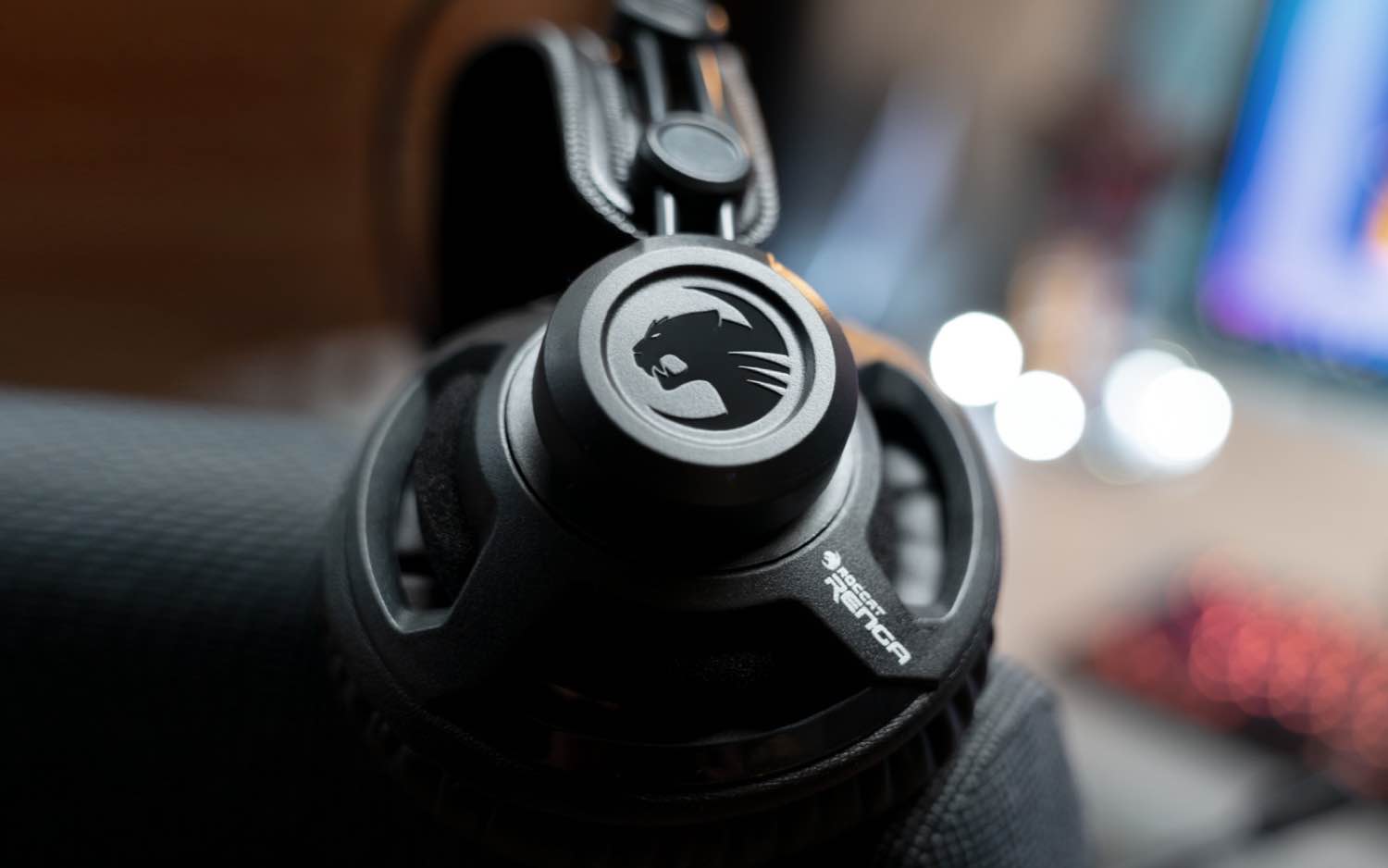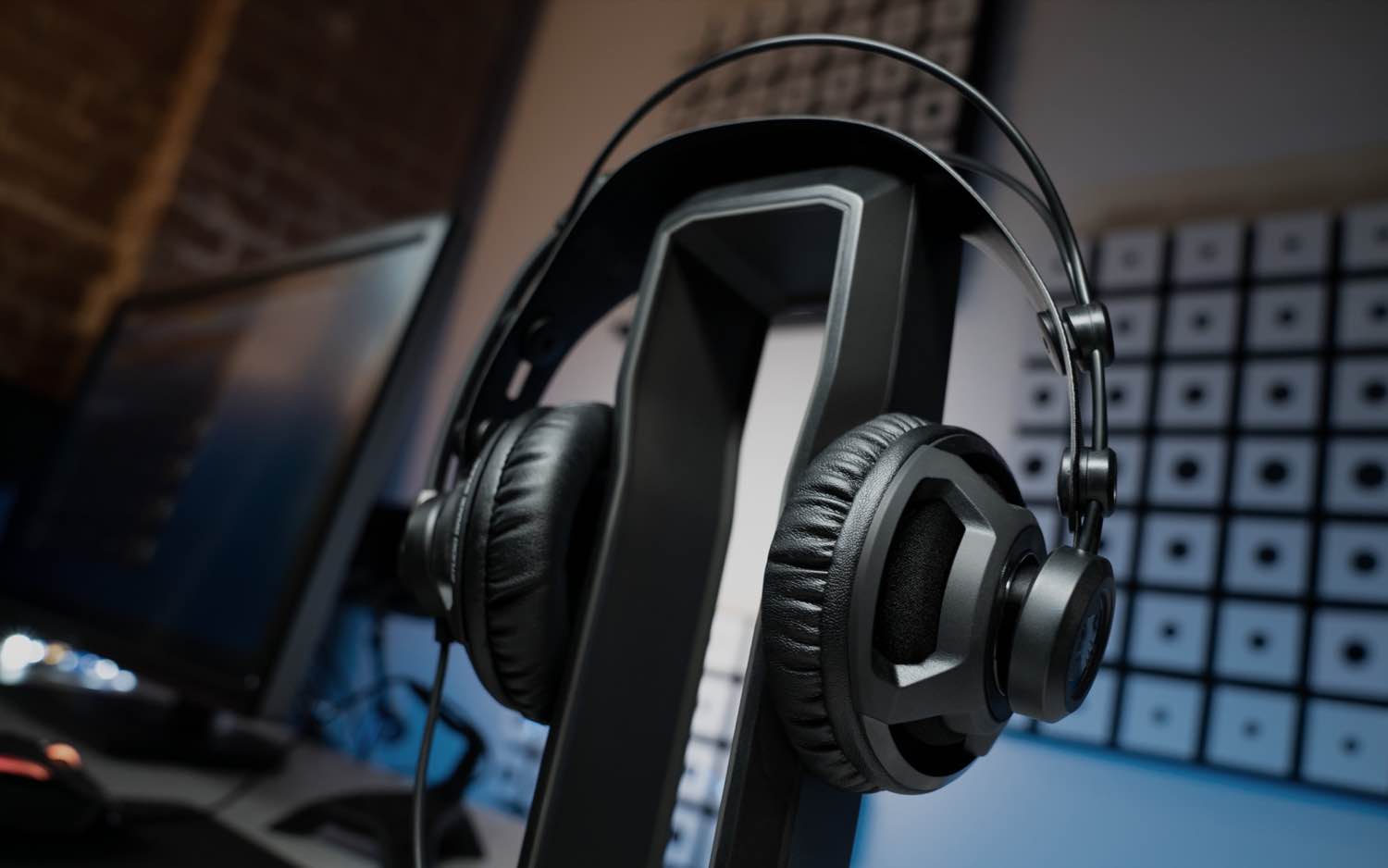Tom's Guide Verdict
The Renga Boost is good enough for everyday play, particularly if you don't want to drop $100 or more on a decent audio accessory.
Pros
- +
Comfortable fit
- +
Good gaming sound
- +
Widespread compatibility
Cons
- -
Imperfect ear cups
- -
So-so music performance
Why you can trust Tom's Guide
From its plain black chassis, to its treble-heavy sound, to its sensible bells and whistles, the Roccat Renga Boost ($60) is good enough for everyday play, particularly if you don't want to drop $100 or more on a decent audio accessory.
The Renga sounds pretty good in-game but not that great for music. It's extremely comfortable to wear, but it doesn't create a perfect seal around the ears. It has a volume dial and a competent mic. It's (perhaps unsurprisingly) a little stronger than most $50 headsets and a little weaker than most $70 headsets.
Design
The Renga Boost is a lightweight, industrial-looking headset with a slim plastic chassis and a faux-leather, flexible headband. Right off the bat, the Renga Boost earns some brownie points for employing an automatically adjusting headband, rather than a tedious system of rigid notches. The faux-leather material is even a little more comfortable than the elastic bands favored by companies like SteelSeries, and if more headsets wanted to ape this style, I would not be at all opposed.
In terms of appearance, it's not really something you'd want to take out in public, but it should look right at home in just about any gaming setup. With two rigid, metal bars and ear cups that resemble wheel wells, the Renga Boost nonetheless doesn't weigh that much: just 7.4 ounces. I'll give it props for a distinctive appearance, even if it's still channeling a somewhat-outdated "gamer" aesthetic.
The faux-leather material is a little more comfortable than the elastic bands favored by companies like SteelSeries, and if more headsets wanted to ape this style, I would not be at all opposed.
The flexible boom mic on the left ear cup is not removable, nor can you swivel the earcups, so it's not the most portable machine out there. But you do get a volume-control dial and a mic-mute button halfway down the wire, as well as connectors for both split and unified audio/mic inputs. It's a no-nonsense setup that works well with just about any system.
Comfort
Thanks to its flexible headband and plush foam ear cups, the Renga is easy to wear for hours on end. Getting a perfect fit is effortless, and the ear cups exert very little pressure, even for the bespectacled among us. The only downside is that the ear cups don't create a firm seal around your ears, either, which means that the sound bleeds a little, and the Renga Boost doesn't keep out as much outside noise as it could.

I handed the headset off to a co-worker, who agreed with my assessment. He thought the lack of a seal was annoying, but he ultimately liked the effortless fit and comfortable materials.
Get instant access to breaking news, the hottest reviews, great deals and helpful tips.
Gaming Performance
For a budget headset, the Renga Boost handles games admirably well. I tested it primarily with PC games, like Destiny 2, StarCraft: Remastered and Thronebreaker: The Witcher Tales. The headset did a great job highlighting the treble range for sounds like gunshots, alien vocalizations and dialogue. The bass wasn't quite as deep as I'd hoped, particularly for explosions and sweeping orchestral soundtracks, but the sound scape felt clean and balanced overall. For fans of immersive single-player fare and casual multiplayer games, it gets the job done just fine.
For a budget headset, the Renga Boost handles games admirably well.
One of the nice things about the Renga Boost is that with its 3.5mm audio cable, you can use this headset just as easily with a Switch, PS4 or mobile device as you can with a PC. (Mics don't always play nice with the Xbox One, but if you just want to listen, the Renga Boost also works fine for that system.) Star Trek Online on the PS4 and The Legend of Zelda: Majora's Mask on the 3DS also sounded clear and lively.
MORE: 12 Cheap Gaming Headsets (Under $60) Ranked from Best to Worst
Features
Because the Renga Boost doesn't have USB functionality, there's not much in the way of extra features. By default, it attaches to mic and audio inputs through two wires, but it comes with a connector that combines the two inputs. The boom mic sounds clear enough for casual conversations and everyday multiplayer action, and the volume dial is easy to reach. If you need more in a gaming headset, you'll probably need to investigate the $100 price range.
Music Performance
The one area where the Renga Boost didn't deliver as well as I'd hoped is in its music performance. I listened to tracks from Old Crow Medicine Show, Flogging Molly, The Rolling Stones and G.F. Handel to gauge how well this headset performed, and I found mixed results. As with games, the treble and vocals came through loud and clear in songs like "Salty Dog" and "Let It Bleed." But the lack of punchy bass made the music sound a bit flat, particularly in Handel's choral pieces. The sound was also a bit muted and far away in general.
Since you're not going to toss the Renga Boost in a backpack and take it with you everywhere, this headset's so-so music performance isn't really a deal-breaker. But if your gaming PC is also your primary productivity PC, the ability to handle games and music equally well would have been nice in this gadget.
Bottom Line
A few years ago, Roccat's headsets were big, clunky and expensive, but more recently, the company has embraced midprice models that have somewhat better sound than you'd expect. That was the case for the $100 Roccat Khan Pro; it's also the case for the Renga Boost. The device looks plain and doesn't offer any noteworthy extras. But it's affordable, easy to wear and aurally pleasing.
The $70 SteelSeries Arctis 3 is a worthwhile alternative thanks to its more elegant design and better fit, but judging on its own merits, I have no major issues with the Renga Boost. It won't completely redefine your gaming life, but it won't completely redefine your bank account either.
Credit: Roccat

Marshall Honorof was a senior editor for Tom's Guide, overseeing the site's coverage of gaming hardware and software. He comes from a science writing background, having studied paleomammalogy, biological anthropology, and the history of science and technology. After hours, you can find him practicing taekwondo or doing deep dives on classic sci-fi.

